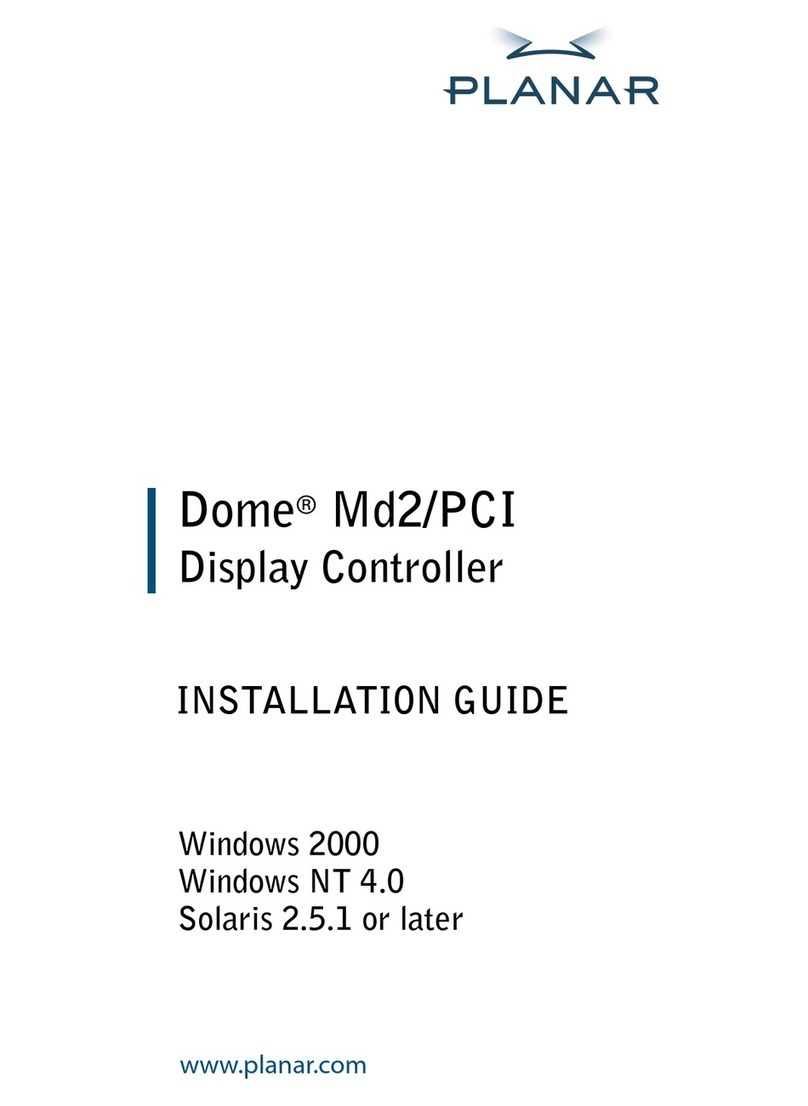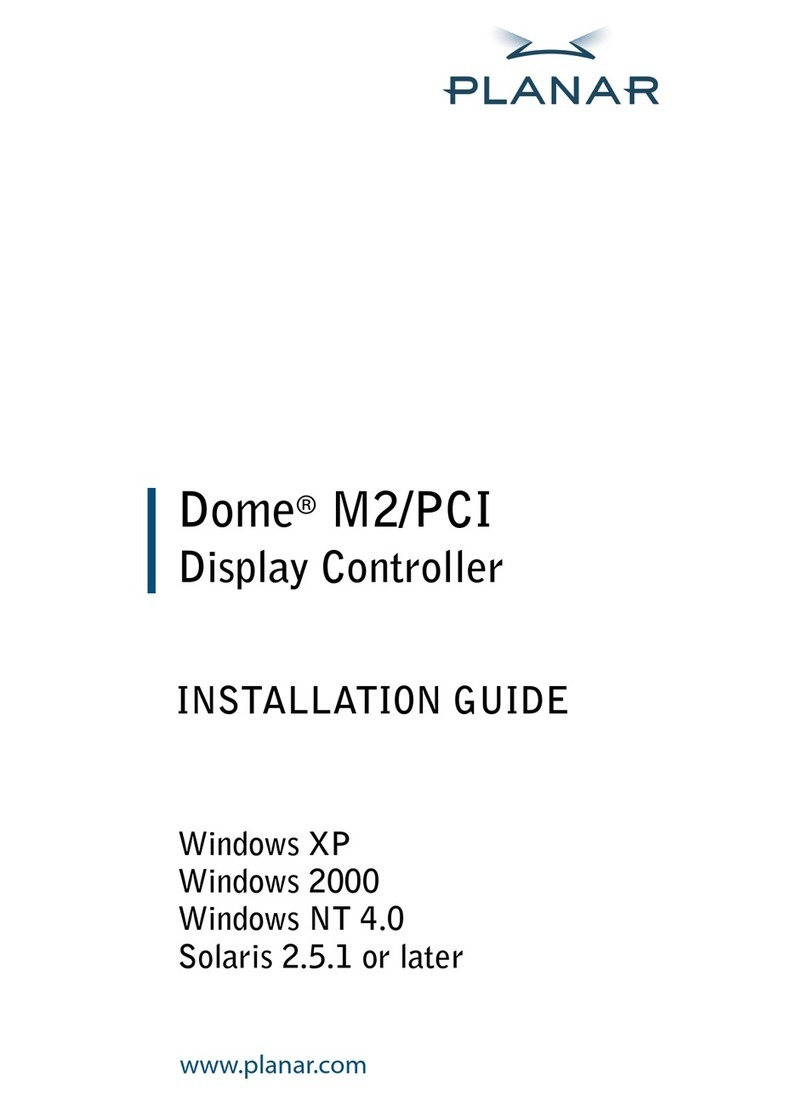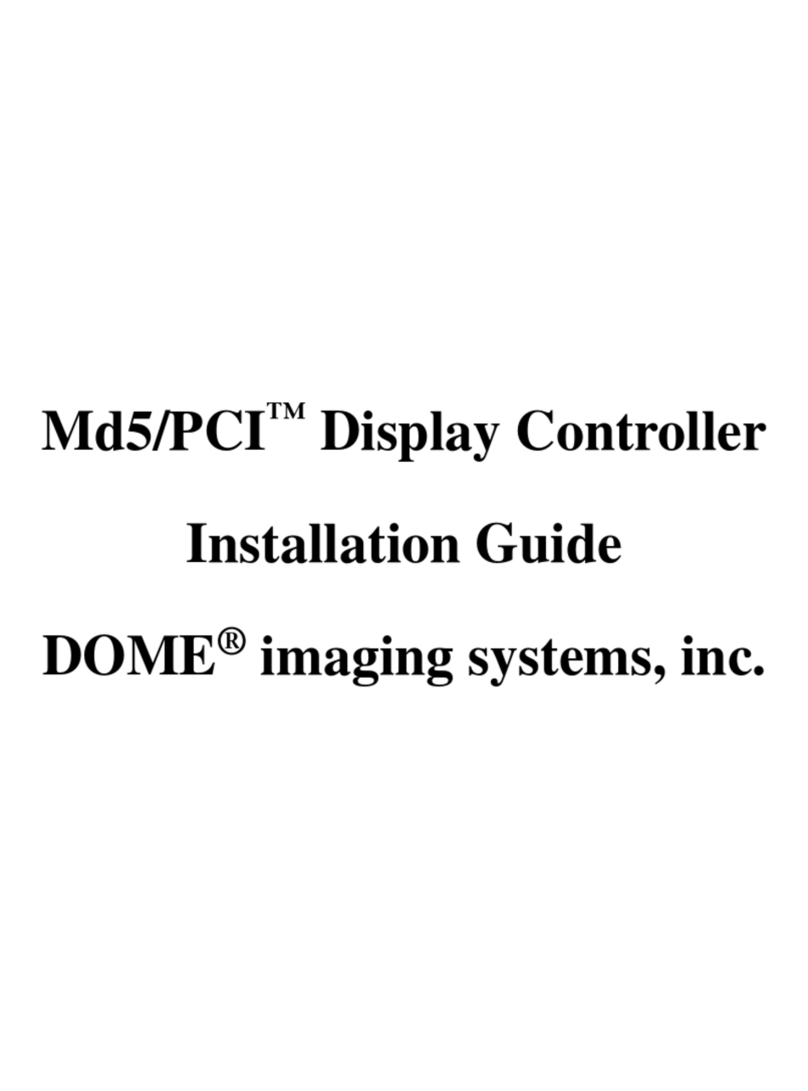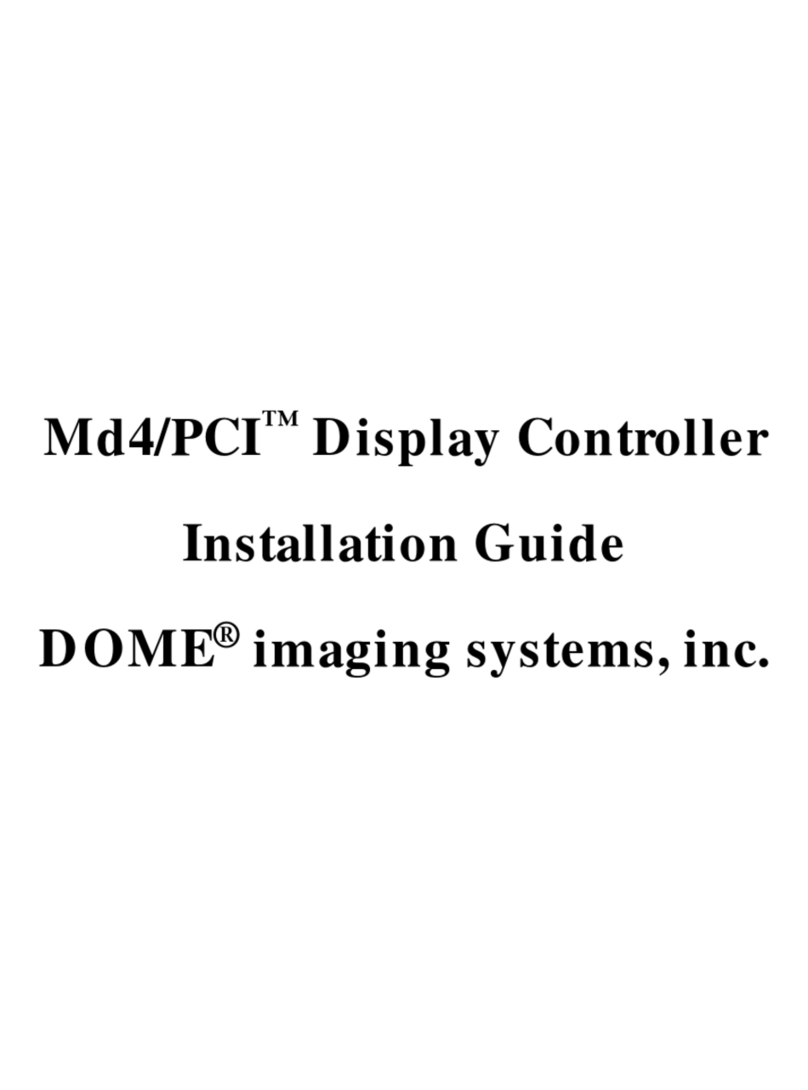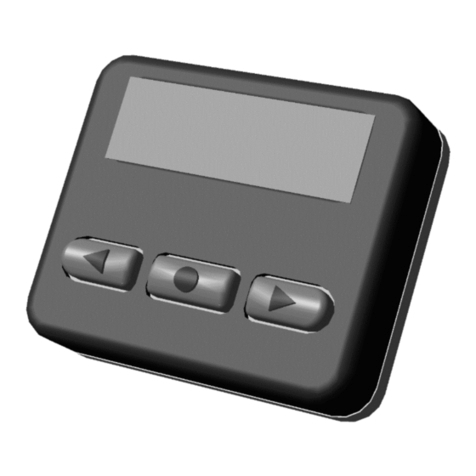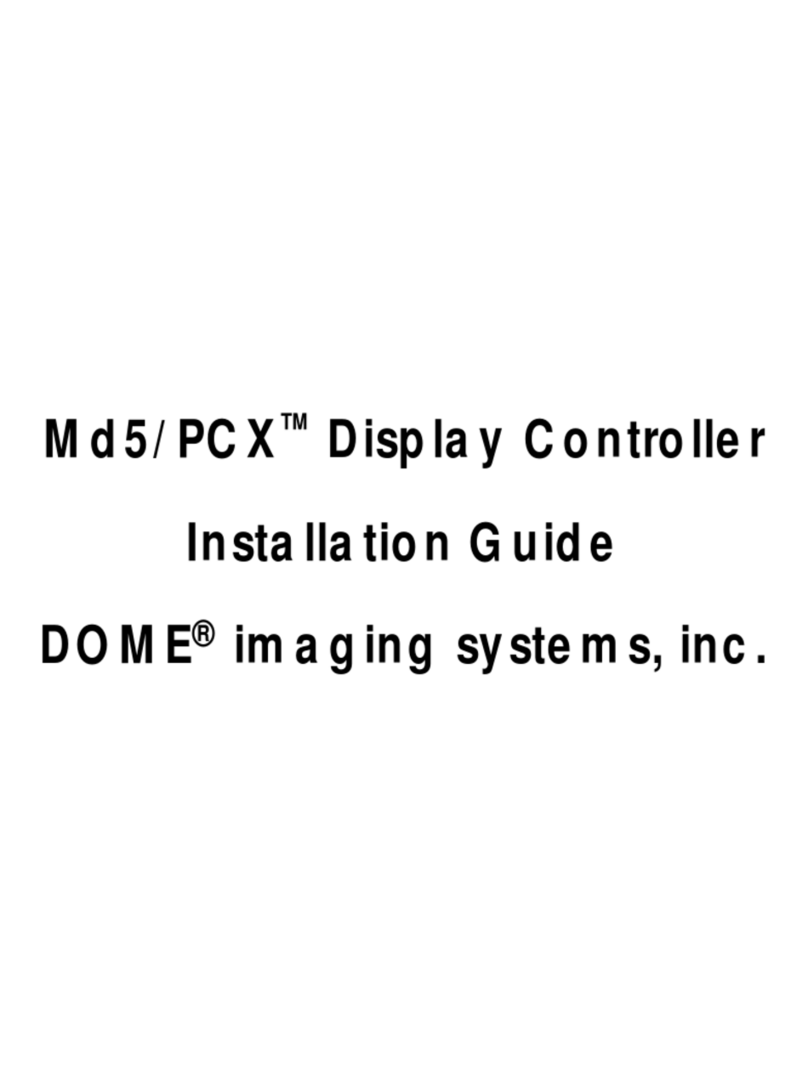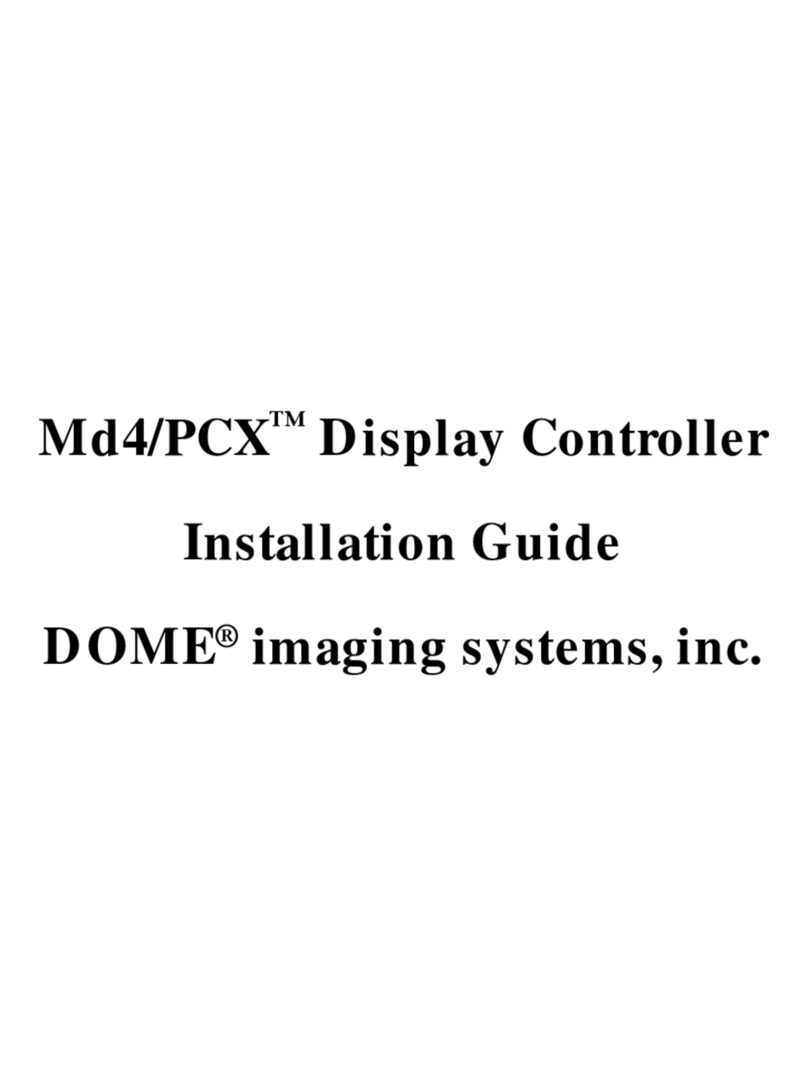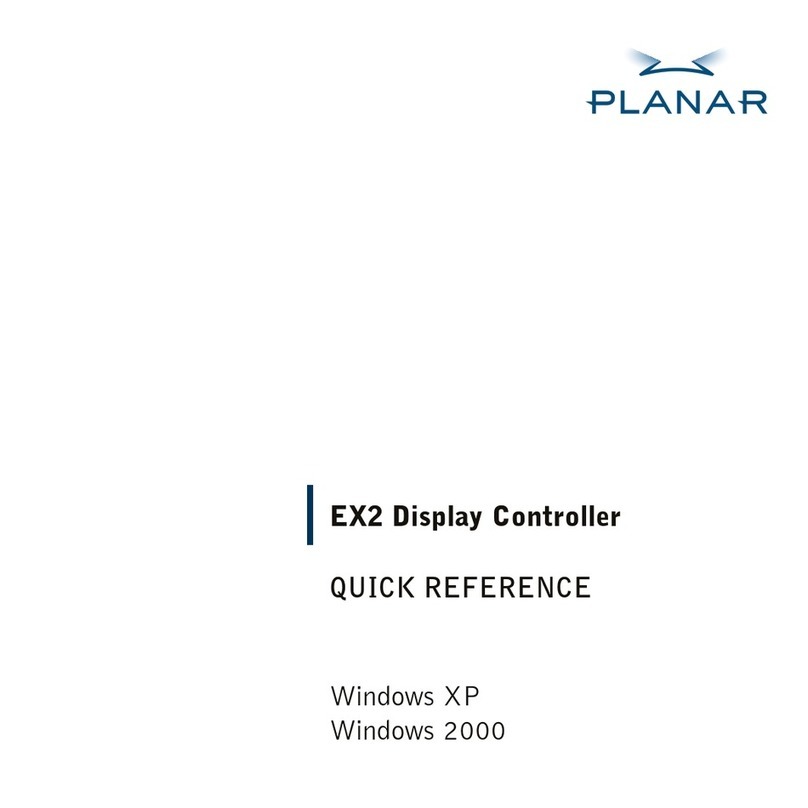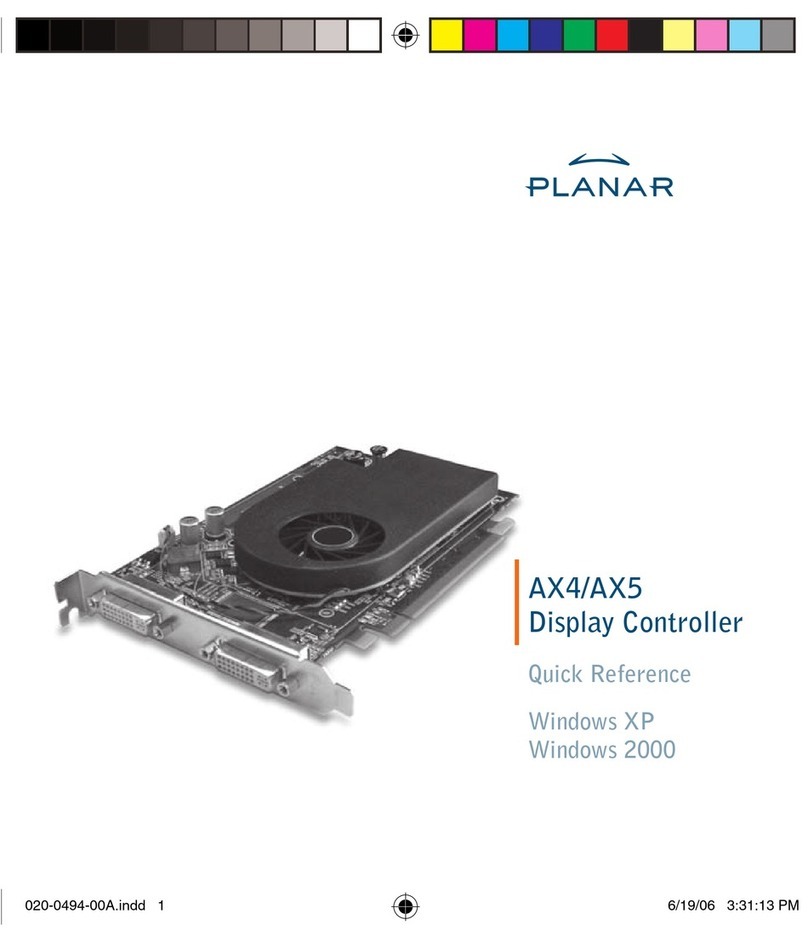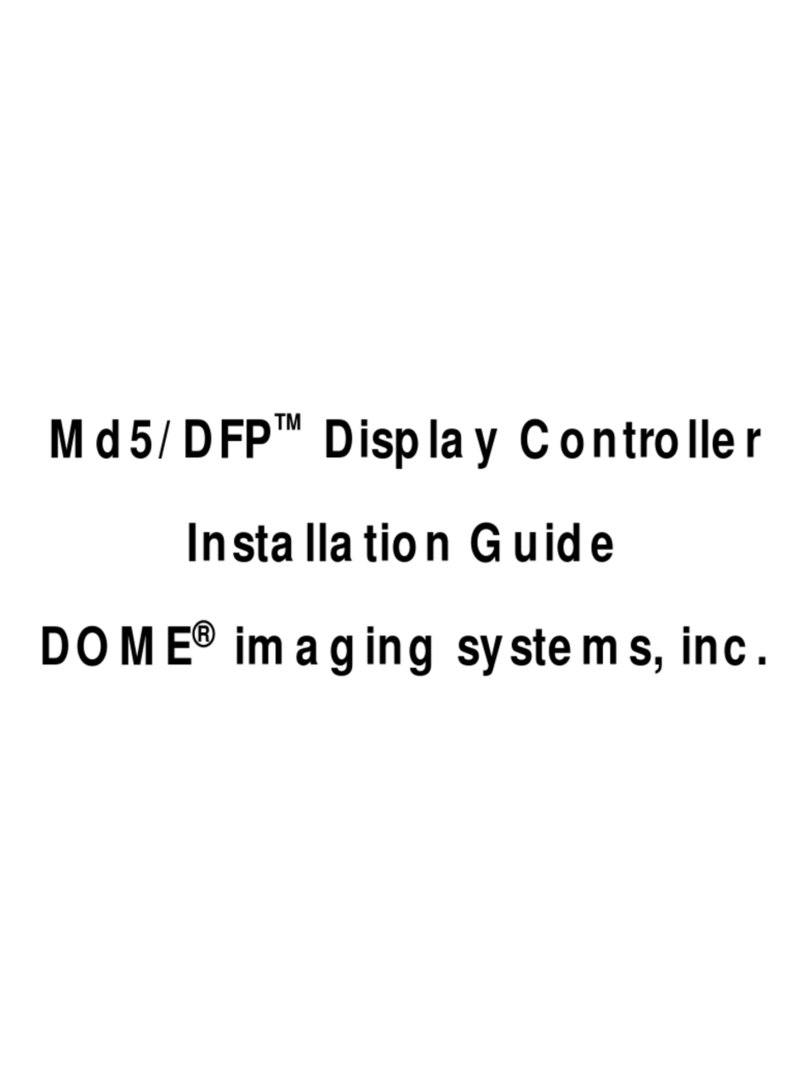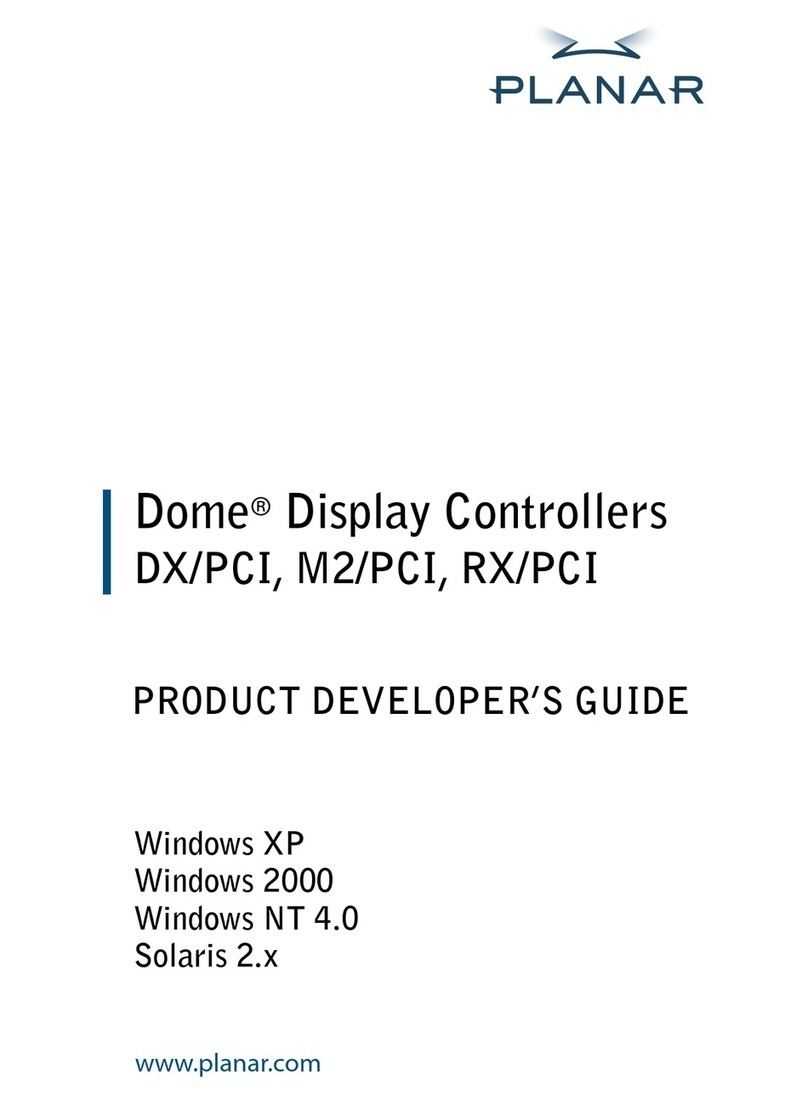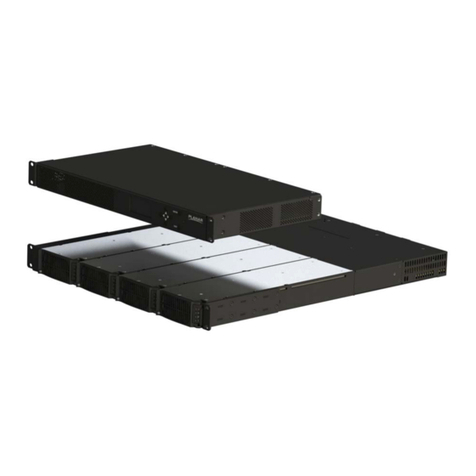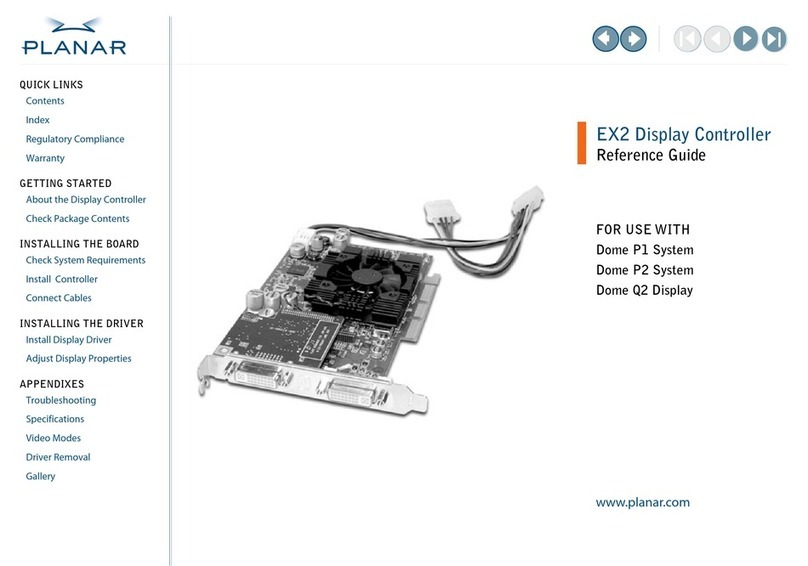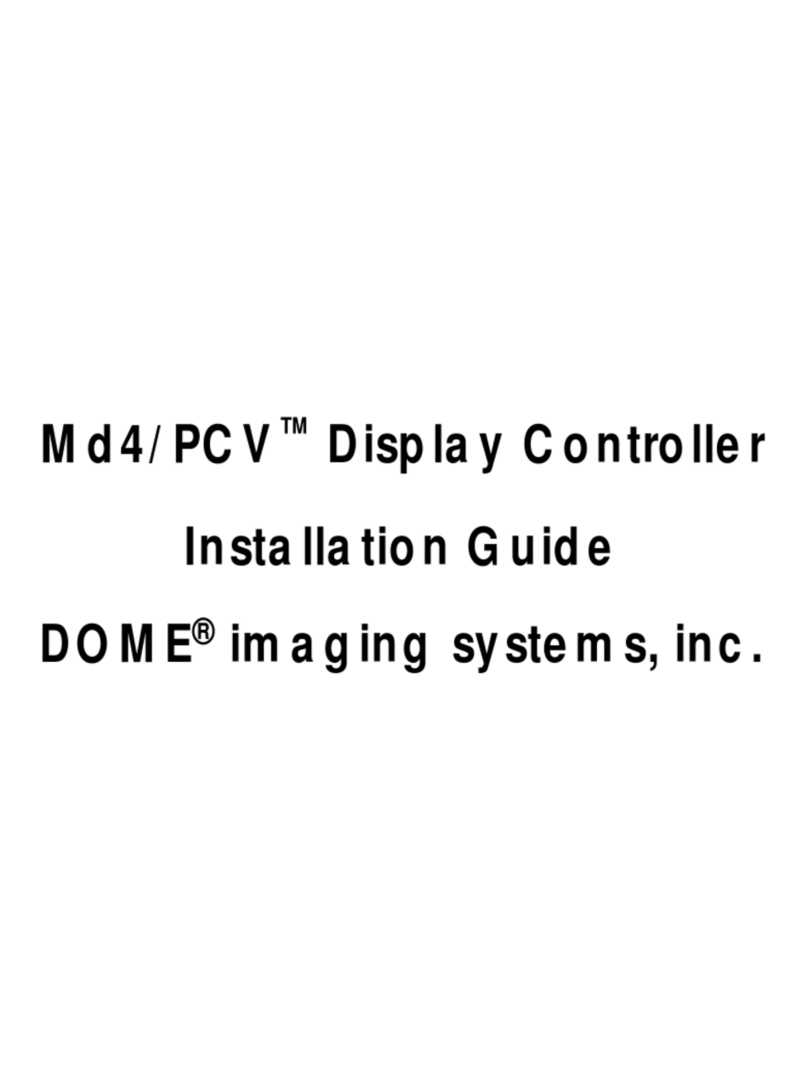
Copyright © DOME®imaging systems, inc., 2000. All rights reserved.
This document contains proprietary information of DOME imaging
systems, inc. It is DOME’s exclusive property. It may not be reproduced
or transmitted, in whole or in part, without a written agreement from
DOME. No patent or other license is granted to this information.
The software, if any, described in this document is furnished under a
license agreement. The software may not be used or copied except as
provided in the license agreement.
DOME imaging systems, inc. provides this publication as is without
warranty of any kind, either express or implied, including but not lim-
ited to the implied warranties of merchantability or fitness for a particu-
lar purpose. DOME may revise this document from time to time without
notice. Some states or jurisdictions do not allow disclaimer of express or
implied warranties in certain transactions; therefore, this statement may
not apply to you.
Information in this document about products not manufactured by
DOME is provided without warranty or representation of any kind, and
DOME will not be liable for any damages resulting from the use of such
information.
DOME imaging systems, inc.
400 Fifth Avenue
Waltham, MA 02451-8738
(781) 895-1155 phone
(781) 895-1133 fax
Internet address for product information:
Internet address for sales information:
Internet address for technical support:
World Wide Web site:
www.dome.com
Part No. 41-DEVPCI-03
Product Nos. 55-MD2PCI2, 55-MD4PCI2, 55-MD5PCIB, 55-MD8PCI
October 2000
DOME is a registered trademark and DIMPL, DimplX, Calibration TQA,
Md2/PCI, Md4/PCI, Md5/PCI, and Md8/PCI are trademarks of DOME
imaging systems, inc. Microsoft, Windows, and Windows NT are trade-
marks of Microsoft Corporation. PS/2 is a trademark of International
Business Machines Corporation. Sun and Solaris are trademarks of
Sun Micro-systems, Inc. X Window System is a trademark of the
Massachusetts Institute of Technology.
